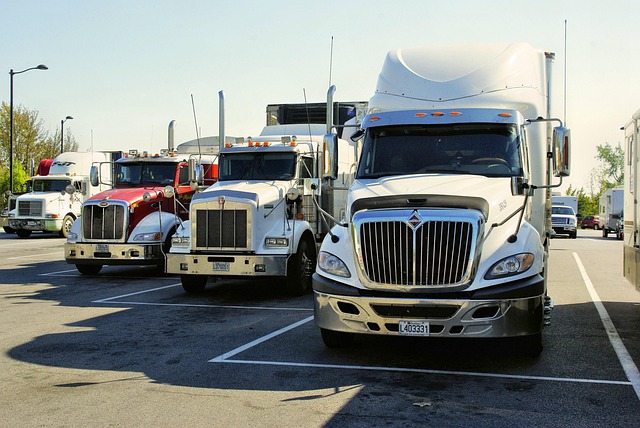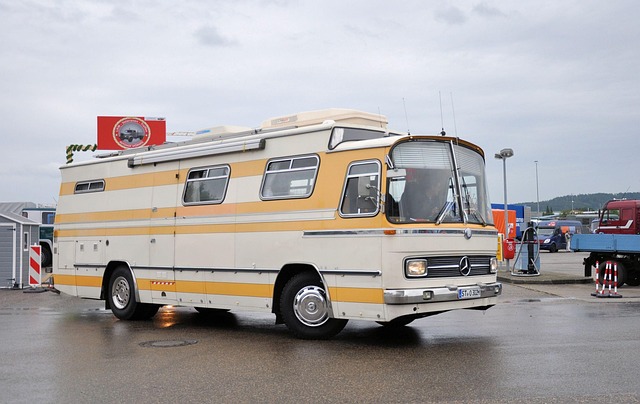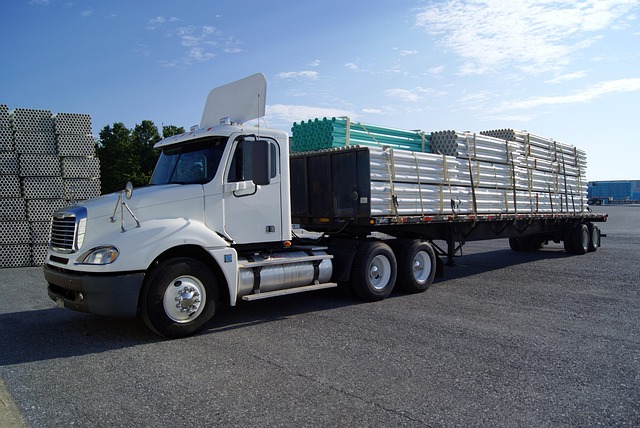Looking to register your car in California? This comprehensive guide walks you through every step, from understanding eligibility requirements to securing your vehicle’s unique VIN for dmv vin verification. Gather essential documents, prepare for a quick vehicle inspection, and complete a straightforward registration application at the DMV. Once approved, pay fees and claim your new license plate. Streamline the process with this easy-to-follow checklist.
- Understand Eligibility Requirements for Car Registration
- Gather Necessary Documents for DMV Visit
- Perform Vehicle Inspection and VIN Verification
- Complete Registration Application at the DMV
- Pay Registration Fees and Obtain License Plate
Understand Eligibility Requirements for Car Registration

Before you begin the registration process, it’s crucial to understand if your vehicle meets California’s eligibility requirements. All vehicles operated on California roads must be properly registered and have a valid insurance policy. Additionally, your car needs to pass a DMV vin verification, which involves a thorough inspection of its identification number (VIN). This step is essential as it helps ensure that the vehicle is not stolen or has any outstanding issues.
For out-of-state residents looking to register their vehicles in California, specific additional steps may apply, including providing proof of previous registration and paying applicable fees. Moreover, if your car is a classic or custom build, it might require a vin inspection from a mobile vin verifier to demonstrate its authenticity and eligibility for registration.
Gather Necessary Documents for DMV Visit

Before heading to the DMV for car registration, make sure you have all the essential documents in order. This includes your vehicle’s registration certificate from the previous state, a valid driver’s license, proof of insurance, and the most crucial document – the Vehicle Identification Number (VIN) verification. The VIN is a unique code that identifies your car and is typically located on the vehicle’s chassis or in the engine compartment. A mobile VIN verifier can be useful here, as it allows you to complete this step quickly before reaching the DMV.
Additionally, have a current vehicle inspection report if required by your local laws, and any other paperwork related to ownership transfer or tax payments. Arriving prepared will streamline the registration process at the DMV, ensuring a smoother transaction for you and a more efficient experience overall.
Perform Vehicle Inspection and VIN Verification

Before you can register your car in California, it’s crucial to ensure that your vehicle meets all safety and emissions standards. One critical step is undergoing a Vehicle Inspection, which involves checking essential components like brakes, lights, tires, and emissions systems. This process guarantees that your car is safe for road usage.
Additionally, the DMV requires vin verification, where the unique identifier number (VIN) of your vehicle is cross-referenced to ensure it matches the make, model, and year listed on your registration documents. This step can be easily accomplished using a mobile vin verifier, which provides convenient and efficient on-site inspection services. A valid VIN inspection by a qualified professional is essential before proceeding with the registration process at the California DMV.
Complete Registration Application at the DMV

To start the registration process for your car in California, visit a local Department of Motor Vehicles (DMV) office or use their online services. You’ll need to complete the Registration Application form, which requires providing detailed information about your vehicle, including its make, model, year, and unique Vehicle Identification Number (VIN). This VIN is crucial for accurate vin inspection and verification.
The DMV will also conduct a vin inspection to ensure your car meets safety standards. If you prefer a more convenient option, consider using a mobile vin verifier. These services allow you to get real-time vehicle history reports and necessary verifications from the comfort of your home or on the go.
Pay Registration Fees and Obtain License Plate

After completing your car’s registration application at the DMV, the next step is to pay the registration fees. These fees vary based on several factors such as the type of vehicle and its age. It’s crucial to ensure you have a valid and up-to-date insurance policy before proceeding. Once your payment is processed, you’ll receive a temporary registration permit. This permit allows you to legally operate your vehicle while waiting for your permanent plates.
Before receiving your license plates, you’ll need to schedule or conduct a DMV VIN verification process. This involves checking the Vehicle Identification Number (VIN) and ensuring it matches the details in your documentation. You can do this through a mobile VIN inspection or by visiting a local DMV office. Upon successful verification, you’ll be issued permanent license plates which should be displayed on your vehicle at all times to avoid fines.
Registering a car in California involves understanding eligibility requirements, gathering essential documents, undergoing vehicle inspection and VIN verification, completing an application at the DMV, paying registration fees, and obtaining license plates. This process ensures your vehicle complies with state regulations, facilitating safe and legal operation on California roads. Remember to perform these steps diligently, as proper registration is crucial for both vehicle ownership and compliance with local laws.
